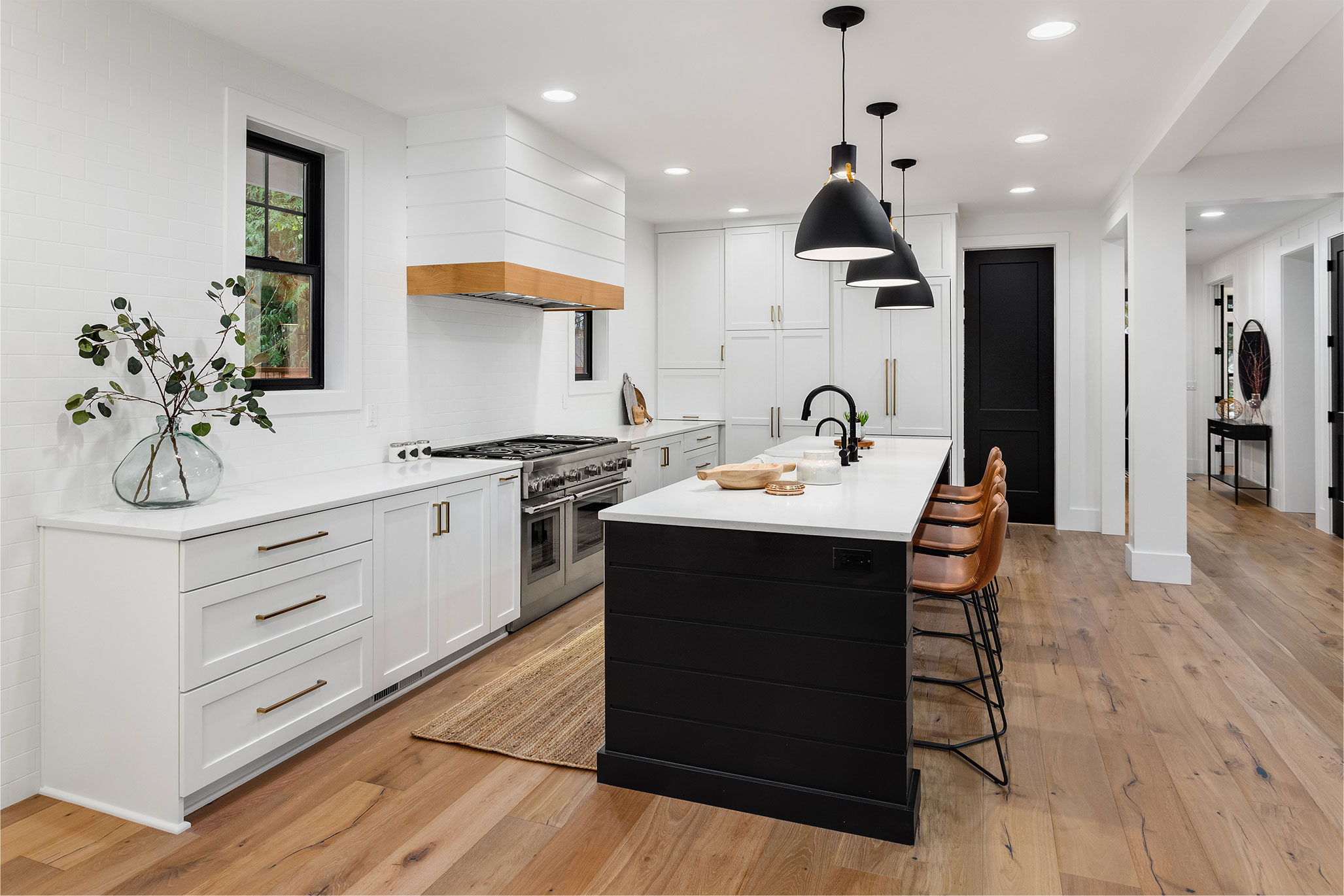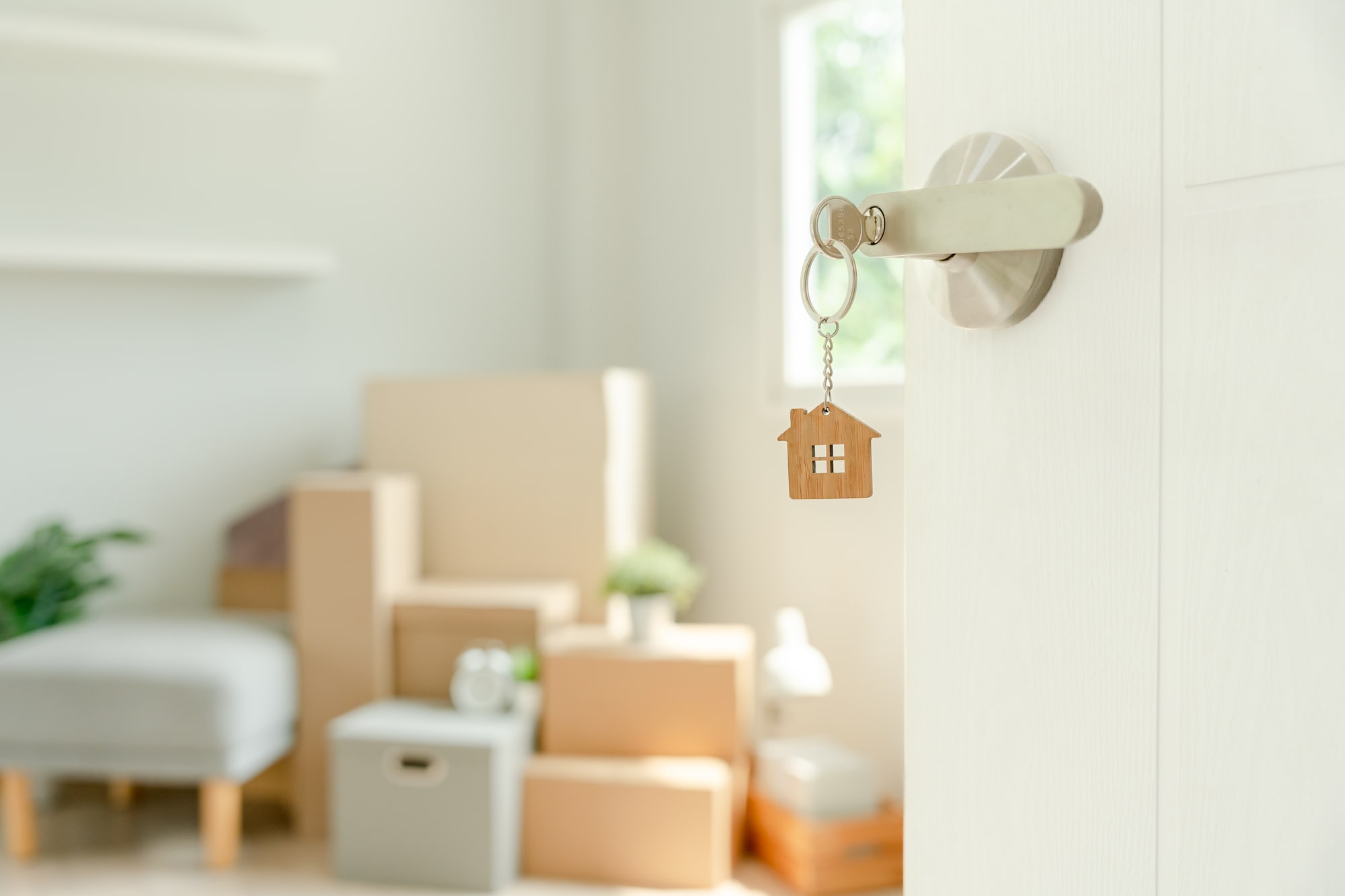Disclaimer: This document and any information contained herein are provided for informational purposes only and do not constitute legal advice. The author of this document is not an attorney, and the information presented should not be considered as a substitute for professional legal advice.
California landlords are no strangers to changes in the legal landscape. How you can conduct business on a rental property has been consistently tinkered with over the last few years for better or worse, and 2025 looks to be no different.
Governor Newsom signed a bevy of new housing laws into state law, with much of those regulations directly affecting landlords and tenants in the state.
One of these in particular, AB2801, will directly impact how you can handle security deposits with your tenants, specifically when a tenant moves in or out of the rental unit.
What AB 2801 Will Change
AB2801 will specifically target deductions you can make from a tenant's security deposit and how you communicate these charges to them at move-out. This security deposit law is broken down into three major changes:
Limits on Security Deposit Claims: The landlord can only make deductions from a security deposit for materials, supplies, or repair work that are "necessary to restore the premises back to the condition it was in at the inception of the tenancy, exclusive of ordinary wear and tear." Take note that this also targets charging tenants for professional cleaning, a common deduction landlords make. This cannot be made mandatory anymore for tenants to pay for unless it fits the requirement of restoring the rental unit to its initial condition at the start of the lease or rental agreement.
Inspection Requests: When the tenant's rental agreement is ending, they can request to be present during a move-out inspection conducted by the landlord or property manager. The landlord must send the tenant an itemized statement for any deductions made based on this initial inspection.
Inspection Photos: In addition to the itemized statement, the property owner must also provide the tenant with photos of the property from both before the tenant moves in and after they move out if the landlord intends to charge them for repairs or cleaning. If a landlord fails to follow these rules, they cannot legally make a claim against the tenant's security deposit.
**Important Notice** With inspections, this portion of the law is optional on the tenant's part. If the tenant waived their right to be present for a move-out inspection, then you don't have to conduct an inspection prior to the move-out. However, it is still legally required for you to provide a written notice to the tenant of their right to request an initial inspection "within a reasonable time" before the end of the lease agreement. These inspections must occur no earlier than 2 weeks before the end of the lease term.
When Will the New Law Take Effect?
This bill will officially take effect as law in 2025, with the inspection photos portion of the law planned to be rolled out in phases:
Beginning April 1st, 2025, landlords are required to take photographs of the unit after the tenant moves out but before any repairs or cleanings are done on the unit. These photos, along with the itemized statement and an explanation of any charges to the security deposit, must be sent to the tenant within a reasonable time.
For any tenancies that begin on or after July 1st, 2025, the landlord must also take photos of the unit immediately before the tenancy begins.
All other aspects of the law will also take effect on July 1st, 2025. Failure to follow these rules when making a claim against a tenant's security deposit can result in legal action in small claims court.
Normal Wear and Tear vs. Tenant-Caused Damage
If you don't follow these new rules with security deposits, you simply cannot make any deductions no matter the state of the unit. Whether it be for a portion of the security deposit or the entire thing, you will not have a defense in small claims court if you can't prove you followed the law.
That's why it's important to be thorough with your documentation of property conditions, even now before this law goes live. It's equally important to have a thorough understanding of the difference between normal wear and tear (what you can't charge tenants for) and tenant-caused damages.
Wear-and-tear can be differently defined from person to person, and tenants may claim something that was due to negligence is expected deterioration.
Common examples of standard deterioration include worn carpet in high-traffic areas or small holes in the wall from hanging picture frames. This does not include things like broken windows, large scratches in the floor from being careless when moving furniture, or pet stains in the carpet.
How to Document Damage
Being thorough with your documentation has always been important for proper handling of security deposits. AB2801 will just make it a legal requirement and potentially involve your tenants more during the move-out phase.
When capturing the condition of your property, you have to make sure that the photos and notes that you take capture every physical aspect of the unit. This is especially crucial for parts of a home that are damaged often, such as the floors, windows, and appliances.
Documentation during the move-in process sets the foundation and helps avoid disputes when the time comes to calculate the return on a security deposits. While not required by law, it can be helpful and transparent to inform the tenant on the results of your move-in inspection as well, that way they know you aren't charging them for something a previous tenant did.
As for photo documentation, make sure you use high quality photographs so all parties involved can easily decipher the details of the property's condition should the need arise to reference them. Don't leave any small part of the property ou. The more thorough your photographs are, the less that can be held against you for security deposit claims.
How Existing Law Limits Security Deposits in California
AB2801 isn't the only way that California security deposit has changed for landlords in recent years. AB12, which went into effect in July of 2024, set a limit on how much landlords can charge for a security deposit in the state to the equivalent of one month's rent.
Many landlords were used to being able to charge two months rent for a security deposit, but you have to align your practices to these new restrictions. There are intricacies and exemptions to this rule, so be sure to check our our video blog on AB12 for more information.
Keeping Thorough Documentation for Your Rental
The institution of AB2801 in 2025 is a definite underlining of the importance of thorough documentation for landlords in California. While the addition of legal guidelines that specify no security deposit charges may be made if the unit is restored to it's original condition can be tricky especially in regards to cleaning charges, this can be navigated with due diligence.
This can be accomplished through a combination of documentation and diligent accounting work. This will not only keep you on top of a tenant's security deposit, but also allow you to track trends in when they pay rent and if they have any unpaid rent due.
For assistance with financial reporting and so much more, reach out to our dedicated team at Advantage Property Management Services. We can keep your rental property on track for success through all the changes coming to California law in 2025 and beyond.
Explore our services to learn more.
Additional Resources:
A Guide for Landlords on California’s New Rental Laws in 2024





